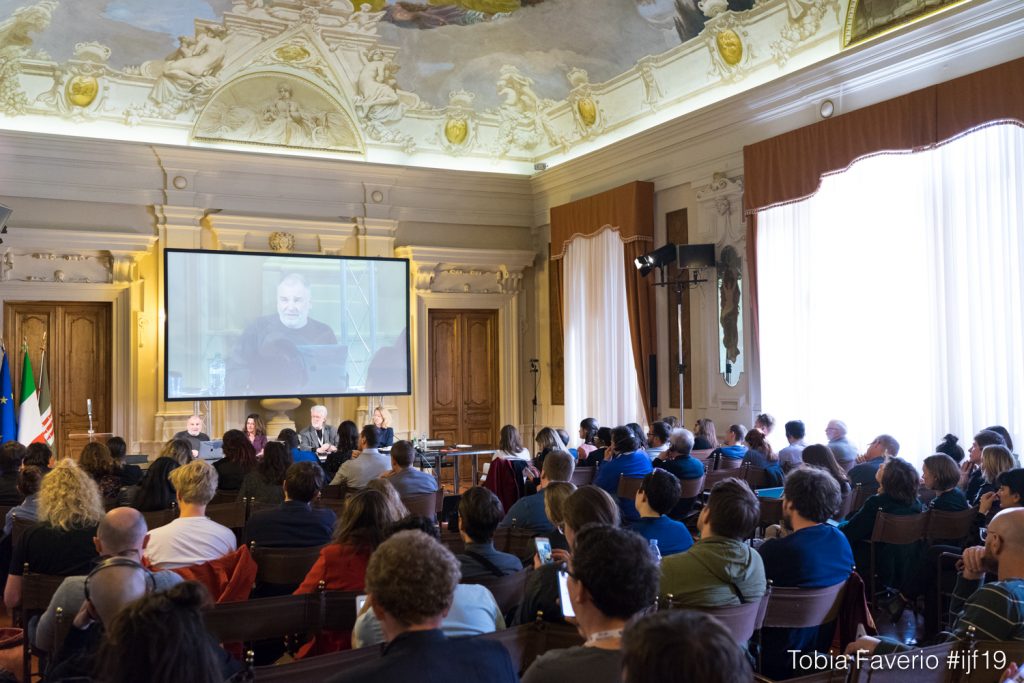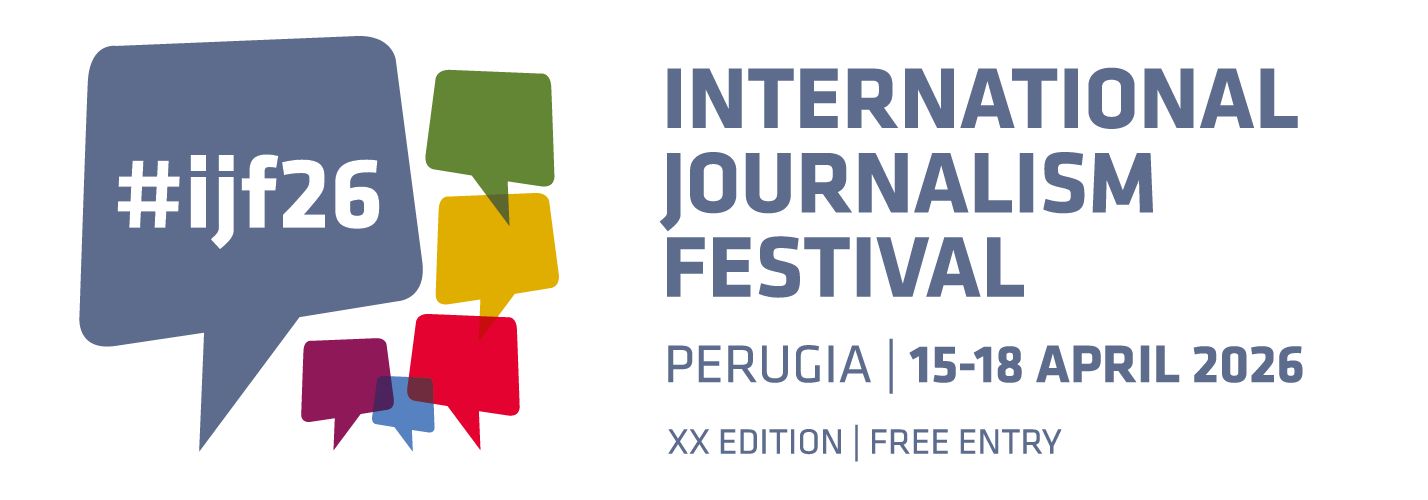Stay up to date by subscribing to our Newsletter or by following our Telegram channel, and join the conversation on Facebook, Twitter, and Instagram.
Edited by Marco Nurra
A record number of #ijf20 proposals: for the love of journalism. Here are the numbers: a total of about 550 English-language proposals were received, of which 97 on 31 December (deadline day) alone, from Uruguay to Canada, from South Africa to Finland, from Australia to Nigeria and points in-between. This is, by a significant margin, the highest number of proposals we have ever received. A heartfelt thanks to you all.
New York Times CEO shares his guide to thriving in the next decade. Mark Thompson began by saying that when The Times launched its digital pay model in 2011, most of the staff didn’t have high hopes for it. Instead, they were still focused on the print business, and stopping its decline, rather than focusing on and growing the digital business. “Now, we have a very different view,” he said. “We have lots of platforms — print is one of our platforms. We love our print product, we’re going to be printing for another 15 years or more, but there is no growth to be had there. Over time, the number of subscribers will decline, advertisers will decline, and ultimately the economics of that platform will fail. That’s our view. The old ship is going to sink in the end.”
2019 was a record year for digital growth at The New York Times Company. It passed its goal of $800 million of annual digital revenue a year ahead of schedule. In 2015, when digital revenue was around $400 million, The Times set itself the objective of doubling this category of revenue by the end of 2020. The Company added more than 1 million net digital subscriptions last year. This is the highest annual run-rate since the launch of the digital model in 2011, indeed the largest number of net subscription additions in a year in the history of The New York Times Company. The New York Times Company now has more than 5 million total subscriptions, again an all-time record for the Company.
How digital sleuths unravelled the mystery of Iran’s plane crash. In the days after the Ukraine Airlines plane crashed into the ground outside Tehran, Bellingcat, an open-source intelligence website, and The New York Times have blown a hole in the supposition that the downing of the aircraft was an engine failure. The pressure – and the weight of public evidence – compelled Iranian officials to admit overnight on January 10 that the country had shot down the plane “in error”.
How the New York Times verified the Iran missile-strike footage. Ukraine International Airlines Flight 752 caught fire in the sky above Tehran. All 176 people on board the flight died in the incident, the cause of which was not immediately known. The next day, the New York Times published a 20-second video clip which showed the explosion was caused by an Iranian missile. The video refuted statements by Iranian officials that such a cause was “scientifically impossible.” Verifying the video fell to a team of Times reporters that included Malachy Browne, a senior story producer on the Visual Investigations desk. Browne applies investigative techniques to visual evidence, in order to present what his team calls “a definitive account of the news.”
Journalists quit Iranian state broadcaster over crash cover-up. At least two presenters working for the Iranian state broadcaster IRIB have announced they have quit their jobs, with a third saying she quit some time ago after having told lies on behalf of the state for 13 years.
How misinformation overwhelmed our democracy. “The core challenge we’re facing today is information saturation and a hackable media system. If you follow politics at all, you know how exhausting the environment is. The sheer volume of content, the dizzying number of narratives and counternarratives, and the pace of the news cycle are too much for anyone to process.”
YouTube ads of 100 top brands fund climate misinformation. One-fifth of the ads on climate misinformation videos were from Greenpeace, World Wildlife Fund, or other green/environmental groups. YouTube has tried to reduce climate misinformation in the past by adding information boxes under its videos, but Avaaz notes that those boxes, when they do appear, often link to Wikipedia articles about general terms related to climate change and don’t indicate that the videos contain misinformation.
Police raid Cairo offices of Turkish Anadolu News Agency. Egyptian authorities arrested at least four people on allegations of spreading false news and operating without a license.
Malta’s new PM has only days to prove himself, says Andrew Caruana Galizia. Son of murdered journalist says Robert Abela is ‘continuity candidate’ and must break with ‘corrupt legacy’.
Human rights groups demand Azerbaijan lift travel ban on investigative journalist. As UN special rapporteur David Kaye wrote in 2017, travel bans “deny the spread of information about the state of repression and corruption” in countries and act as a form of censorship.
Facebook won’t fact-check political ads, but it is adding more controls for users. They’re not changing their minds on this. But they are looking to give users more control over the ways in which they can be targeted by advertisers, including political campaigns, as well a new option to see fewer political ads in their feeds, if they so choose. Here’s what’s been announced: new settings in the Ad Library; improved Ad Library search and filtering; control over ad targeting; see fewer political ads.
Who is right about political ads? Twitter has chosen to ban political advertising, but questions remain about how it plans to define that term, and whether banning ads will do more harm than good. Meanwhile, Facebook has gone in the opposite direction, saying it will not even fact-check political ads.
Facebook prevails in battle with Russian ‘news’ agency. In a victory for Facebook, a federal judge has dismissed a lawsuit by the Russian company “Federal Agency of News,” which claimed its free speech rights were violated when it was taken down by the social networking platform.
The International Journalism Festival #ijf19 On-Demand
Every week, one recommendation from the extensive programme of the last edition of the International Journalism Festival.

Today we are inviting you to watch “The business of news: what every journalist should know“. More and more journalists are being asked to step into roles that previously were the sole domain of the business side. The Guardian’s membership scheme is run by a journalist. More and more newsrooms are investing in audience development teams. And many journalists are moving into product or tech-related roles. Yet, journalists by and large rarely have the experience or training they need to fill these roles.

